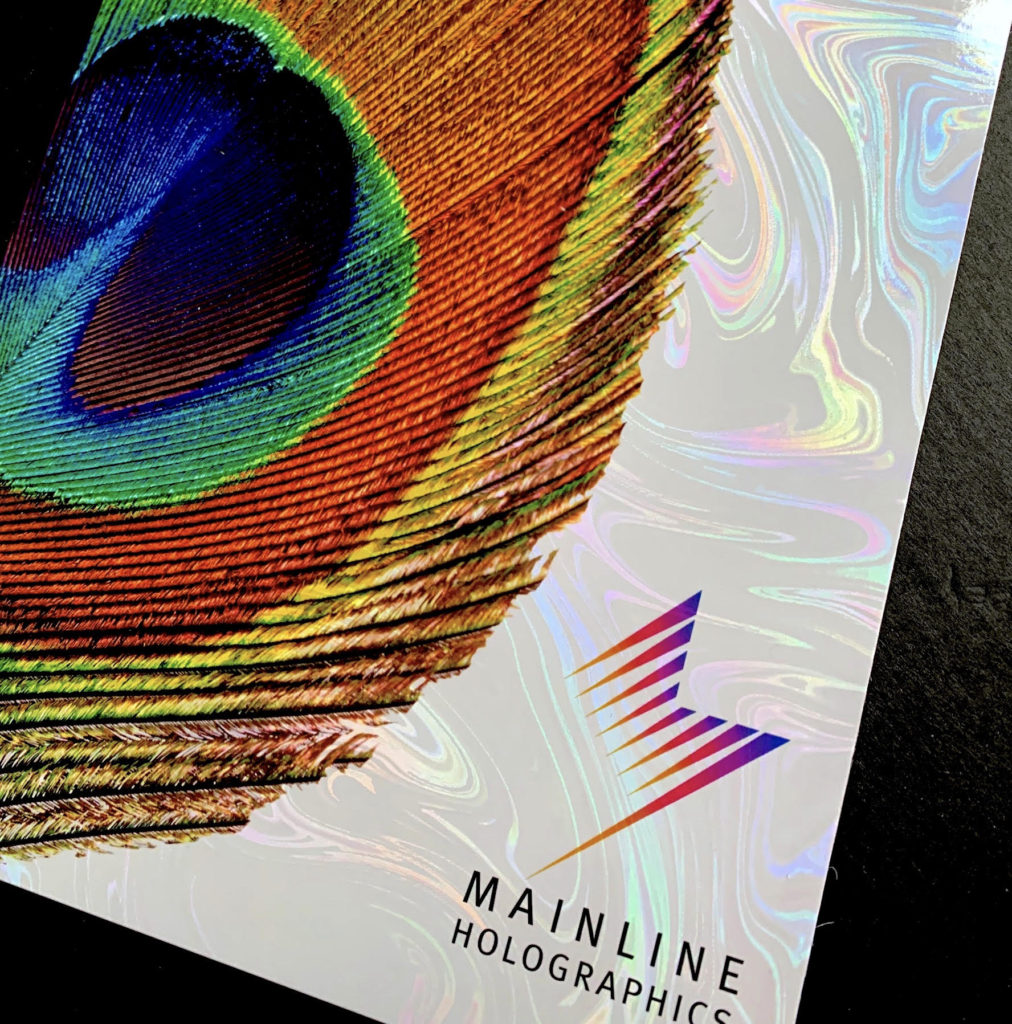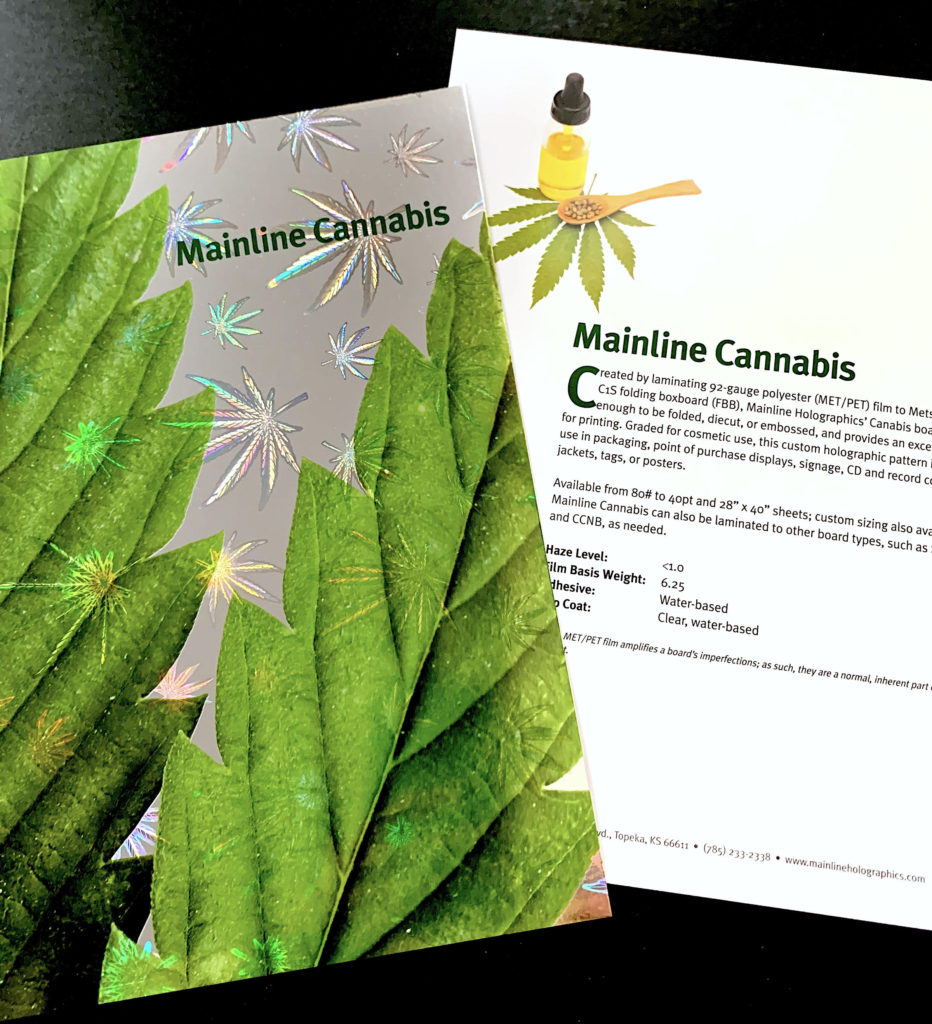
Holography: What Every Packaging Expert Needs in their Design Toolbox
By Kim Guarnaccia
In 1984, National Geographic made news when it became the first national magazine to feature holography on its cover (a label of an eagle). The following year, they applied a holographic label of a skull to a printed cover. Then in 1988, they published the first-ever ink-free, entirely holographic cover.

Each of these issues have since gone on to become collector’s items. But holography, which was once desirable for its cutting-edge appeal has, in the following decades, lost its glamour. Consumers have become used to seeing the tiny holographic stickers on their credit cards and checks. And the public’s fondness for innovative technology has shifted to QR codes and augmented reality (AR).
Even so, holography remains a useful tool for package designers, helping to solve tricky design challenges as they arise.
Keep it Fresh
Growing up on TikTok, YouTube, and other bits of digital wizardry, Millennials and Gen Z’ers have a shorter attention span than their less tech-savvy forebearers. In fact, according to one report, Millennials have a 12-second attention span but Zoomers just 8. As such, marketers must now identify new ways to attract their attention while being innovative, relevant, and fun.
When Lit Co. challenged Jamison Perkins of Jamison’s Design to design the packaging for ceramic shot glasses for 20-somethings, he was up for the task.
To complement the glass’ pastel colors, he chose to laminate rainbow holographic paper to corrugate. The corrugate protected the breakable glass from damage during transit while the eye-catching holographic litho-lam appealed to younger buyers.

Designs for Upscale Elegance
Although younger audiences respond well to bright colors and bold patterns, holography can also be the ideal surface for luxury brand packaging.
In 2016-18, social norms and fashions shifted to a more casual, athletic vibe. As such, Victoria’s Secret, which had remained steadfast in its branding since the 1990s, began losing market share. In an effort to stay relevant, VS shifted their strategy from the glitz, glitter, and glamour they had previously embraced to a more elevated, upscale aesthetic.
Although holography is often considered to be most relevant to a younger demographic, when given the right design treatment, it can also be the ideal surface for luxury branding.
In the case of Dream Angel’s perfume packaging, the original carton design featured pastel clouds on holographic foil. Unfortunately, this no longer fit VS’ rebranding initiative. Moreover, the team needed to reflect the refractive fragrance bottle and the “rainbow glow” scent in the packaging.


The solution? Packaging team Design Director Stephen Moss made the actual rainbow holographic board the hero of the redesigned fragrance box.
This was a wise choice. The pop of color appealed to younger generations while mature consumers appreciated its more formal composition and understated elegance.
Reflect the Product Within
Sometimes the best designs are developed when designers seek to mirror the actual product. In such cases, holography may be the perfect solution.

Don Romine of Impress Communications found this to be the case when Jeffree Star Cosmetics asked him to collaborate on a design for their Liquid Frost Highlighter.
Romine wanted to represent the highlighters’ oil-on-water appearance on the actual packaging. After much experimentation, he achieved the effect by printing the carton onto holographic board that featured a swirl pattern. Since the pattern is random, each carton became a unique, one-of-a-kind statement piece, the perfect reflection of the product within.
Revitalize Tired Packaging
Since holographic effects are unlimited, the technique can also revitalize a tired packaging design. Holography also adds dimensionality to cartons that are restricted to a certain size, such as with DVD case jackets or game boxes.

Tasked by a film studio to design a DVD case that stood out from the hundreds of others with the same dimensions, Debbie Bishop of DB Design went out on a limb. She decided to overprint holographic board with designs that allowed the holographic pattern to show through. The holography enhanced the DVD’s shelf presence AND ultimately transformed the DVD into a collector’s item!
Today, holography is no longer just used to make a statement about cutting-edge technology; rather, it can solve tricky design challenges, elevate a brand, reach younger audiences, and even to gain an advantage over their competitors.
With Mainline Holographics‘ new white holographic technique—and recyclable holographic board on the horizon—the art of holography has become an indispensable tool for designers the world over.




